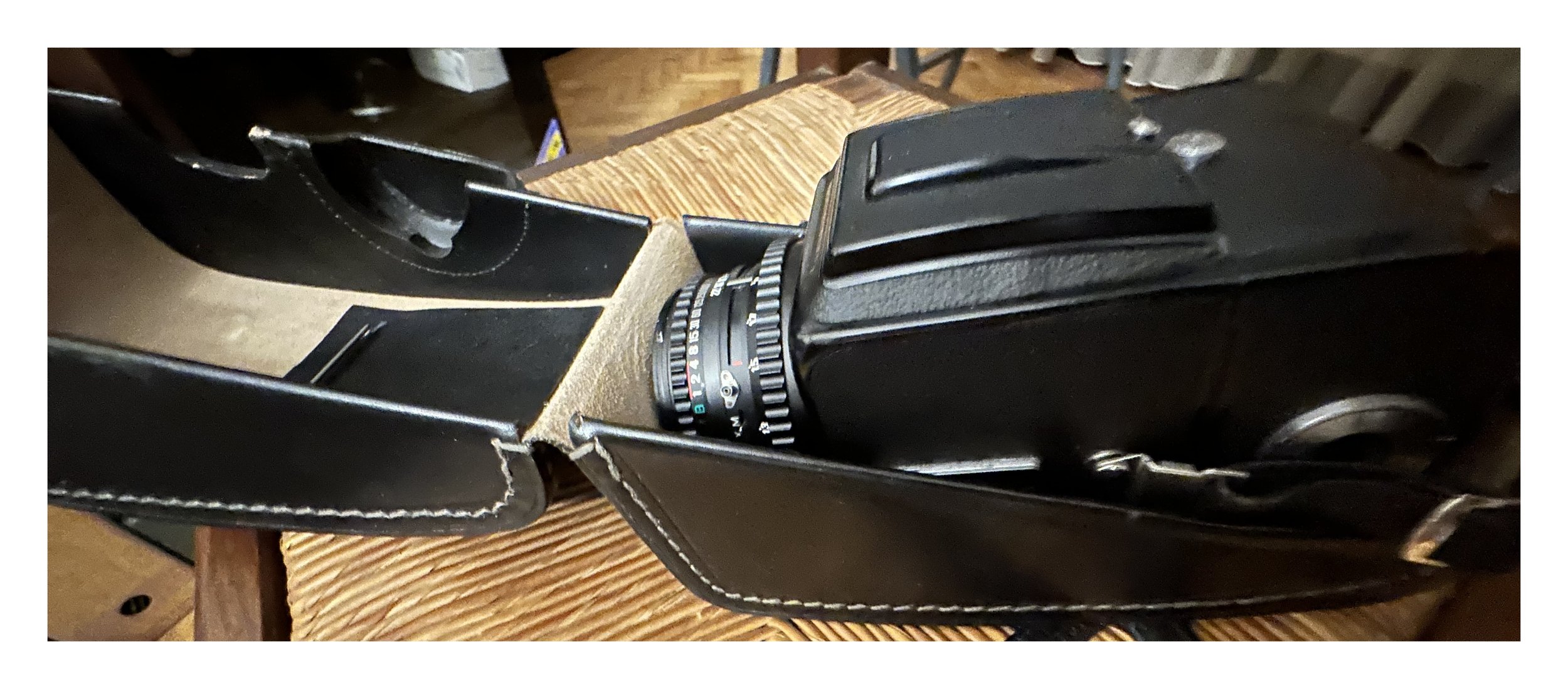Analog
I wanted to create worthwhile images of the hinterland of Nice, France, using analog photography. I took my trusted Hasselblad 500 and the Leica M6 camera, two of the most iconic and revered film cameras ever made. With 14 rolls of medium format film and five rolls of 36mm film, I eventually had plenty of opportunities to create photos of these beautiful surroundings.
Why use film in the age of digital cameras? Firstly, there's a certain level of charm and nostalgia to taking images with a camera with limited exposure frames and no preview screen. Furthermore, the fact that developing film is an involved process means that each photo holds a sense of uniqueness and charm. Every image created with an analog camera is unique and has a distinct character and feel.
For constructing the stunning architecture of Nice, the Hasselblad 500 was perfect due to its flexibility. With a range of interchangeable backs, lenses, and accessories, I found the ideal combination for creating the desired aesthetic. I could take medium format images, which generally have a resolution above 6,000 pixels while retaining all the picture details.
On the other hand, if I wanted to travel light, the Leica M6 was the perfect choice. Using this camera for street and candid photos were more manageable due to its more responsive and fast-working system. The M6 offers the utmost flexibility when it comes to capturing various subjects.
Overall, the benefits of using analog photography compared to digital are the appreciation of creating images with a vintage look and discovering a creative pathway. With 14 rolls of medium format and 5 rolls of 36mm film, I had what I needed to create attractive photos that reflect this great country, its unique character, and its charm.



